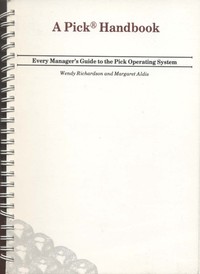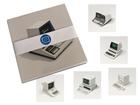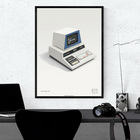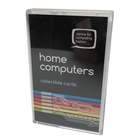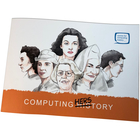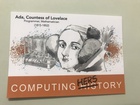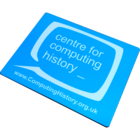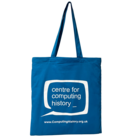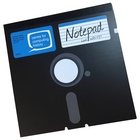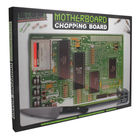A Pick Handbook
| Home > Browse Our Collection > Books > Pick Operating System > A Pick Handbook |
|
PICK Handbook: Every Manager's Guide to the PICK Operating System (Spiral-bound) The Pick operating system (often called just "the Pick system" or simply "Pick") is a demand-paged, multiuser, virtual memory, time-sharing operating system based around a unique "multivalued" database. It is used primarily for business data processing. Although it started on a variety of minicomputers, the system and various implementations eventually spread to a large variety of microcomputers and mainframe computers, and is still in use today. The Pick database is a 'hash-file' data management system. A hash-file system is a collection of dynamic associative arrays which are organized altogether and linked and controlled using associative files as a database management system. Being hash-file oriented, Pick provides efficiency in data access time in many cases. All data structures in Pick are hash-files (at the lowest level) meaning records are stored as associated couplets of a primary key to a set of values. Pick was originally implemented as the Generalized Information Retrieval Language System (GIRLS) on an IBM System/360 in 1965 by Don Nelson and Dick Pick at TRW for use by the U.S. Army to control the inventory of Cheyenne helicopter parts. Pick was subsequently commercially released in 1973 by Microdata (and their British distributor CMC) as the Reality Operating System now supplied by Northgate Information Solutions. ISBN :Publisher : Author : Format : This exhibit has a reference ID of CH3484. Please quote this reference ID in any communication with the Centre for Computing History. |

